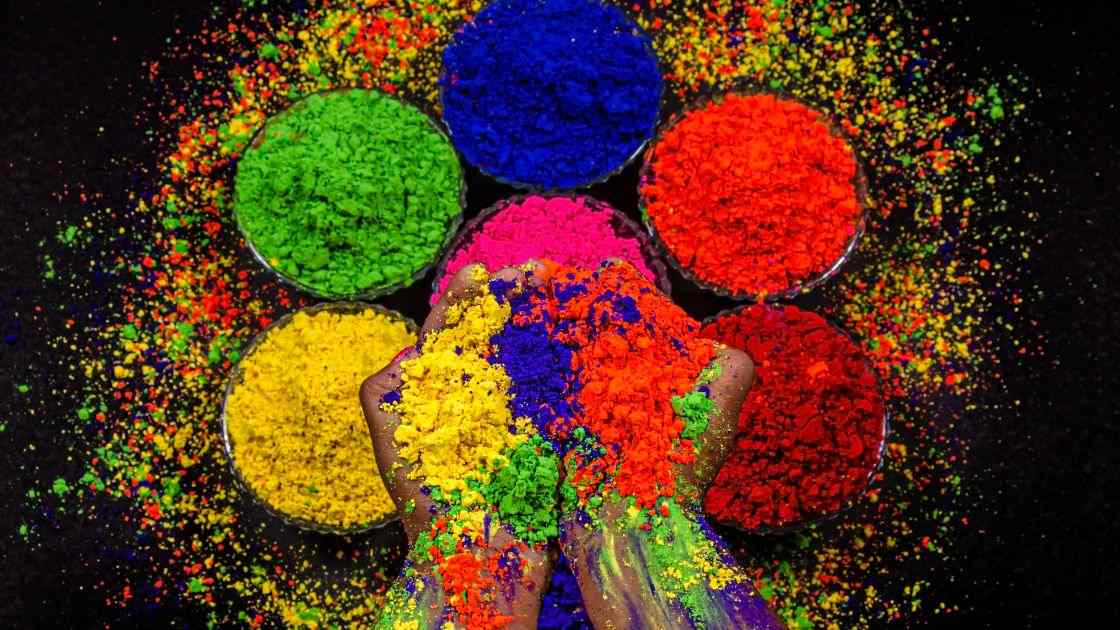Holi
Holi, one of the most revered and celebrated festivals of India, is celebrated in almost every part of the country. The great Indian festival lasts for a day and a night, which starts in the evening of Purnima or the Full Moon Day in the month of Falgun. It is celebrated with the name Holika Dahan or Choti Holi on the first evening of the festival and the following day is called Holi.
Mythological significance of Holi:
Despite being such a colourful and gay festival, there are various aspects of Holi which make it so significant for Indians. Holi gets us close to our religion and our mythology as it is essentially the celebration of various legends associated with the festival.
- Foremost is the legend of Prahlad and Hiranyakshyap. The Legend has it that Prahlad was saved for his extreme devotion to the lord while Holika paid a price for her sinister desire. The tradition of burning Holika or the ‘Holika Dahan comes mainly from this legend.
- Holi also celebrates the legend of Radha and Krishna which describes the extreme delight Krishna took in applying colour on Radha and other gopis. This prank of Krishna later became a trend and a part of the Holi festivities.
- Mythology also states that Holi is the celebration of the death of Ogress Pootana who tried to kill an infant, Krishna by feeding poisonous milk to it.
Rituals of Holi:
Rituals of the ancient festival of Holi are religiously followed every year with care and enthusiasm. Days before Holi, people start gathering wood for the lighting of the bonfire called Holika at the major crossroads of the city. This ritual ensures that at the time of the actual celebration a huge pile of wood is collected.
Holi pooja:
It is believed that all sorts of fear can be conquered by doing Holika Puja on Holi. Holika Puja bestows power, prosperity, and wealth. It is believed that Holika was created to ward off all sorts of fear. Hence Holika, although a Demoness, is worshipped along with Prahlada before Holika Dahan.
The tradition of Thandai:
Thandai is embedded with the tradition of Holi. A refreshing and healthful drink thandai is savored amid the play of colors when people become a little exhausted by throwing each other in the pool of colored waters.
The tradition of Bhang:
Culled from the leaves and buds of cannabis – the very intoxicating bhang helps to escalate the spirit of Holi. The tradition of consuming bhang on Holi is particularly rampant in North India where Holi itself is celebrated with a gusto unseen anywhere else.
The colorful festival:
All in all the air is abuzz with fun and excitement. Each Holi color signifies a special emotion that transcends the brightly colored faces of people to a sentiment of community, equality and oneness.
- Red: Purity
- Orange: Endurance
- Purple: Magic
- Blue: Calmness
- Green: Vitality
- Yellow: Happiness
- Pink: Love
Significance of colours in Holi
India celebrates Holi in all its glory with loud and elaborate revelry.
Content Specific Keywords : How to celebrate Holi, Where to celebrate Holi, How to celebrate Holi at home, How to celebrate Holi in India, Why celebrate Holi, Why do we celebrate Holi with colors? Who can celebrate Holi?


